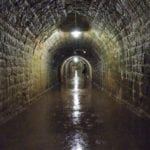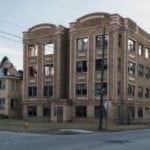 Our World
Our World  Our World
Our World  Animals
Animals 10 Times the Christian Church Took on the Animal Kingdom
 Weird Stuff
Weird Stuff 10 Big Ideas Born in British Pubs
 Travel
Travel 10 Perilous Hikes Still Open to the Public Today
 Facts
Facts 10 Terrifying Facts You Never Wanted to Know
 Weird Stuff
Weird Stuff 10 Fascinatingly Gross Secrets About Your Body
 Miscellaneous
Miscellaneous 10 Groundbreaking & Historical “Firsts” We Witnessed in 2025–So Far!
 Humans
Humans 10 Clever Ways People Have Cheated at Casinos
 Weird Stuff
Weird Stuff 10 Normal Items You Didn’t Know Were Once Part of Burial Rituals
 Misconceptions
Misconceptions 10 Misconceptions in Art & Architectural History
 Our World
Our World 10 Things That Will Make You Rethink Everything Normal
 Animals
Animals 10 Times the Christian Church Took on the Animal Kingdom
 Weird Stuff
Weird Stuff 10 Big Ideas Born in British Pubs
Who's Behind Listverse?

Jamie Frater
Head Editor
Jamie founded Listverse due to an insatiable desire to share fascinating, obscure, and bizarre facts. He has been a guest speaker on numerous national radio and television stations and is a five time published author.
More About Us Travel
Travel 10 Perilous Hikes Still Open to the Public Today
 Facts
Facts 10 Terrifying Facts You Never Wanted to Know
 Weird Stuff
Weird Stuff 10 Fascinatingly Gross Secrets About Your Body
 Miscellaneous
Miscellaneous 10 Groundbreaking & Historical “Firsts” We Witnessed in 2025–So Far!
 Humans
Humans 10 Clever Ways People Have Cheated at Casinos
 Weird Stuff
Weird Stuff 10 Normal Items You Didn’t Know Were Once Part of Burial Rituals
 Misconceptions
Misconceptions 10 Misconceptions in Art & Architectural History
10 Most Famous Unfinished Buildings
Sometimes construction projects can take a while to get done. And hey, that’s understandable—we’re talking about huge, complicated jobs that require a ton of skill and foresight to pull off properly. Starting them up, on the other hand, only takes a bit of money and some workers. What follows are ten famous structures that had the money, but not the skill and foresight—they’re “works in progress,” or, if you’d prefer, “colossal screw-ups.”
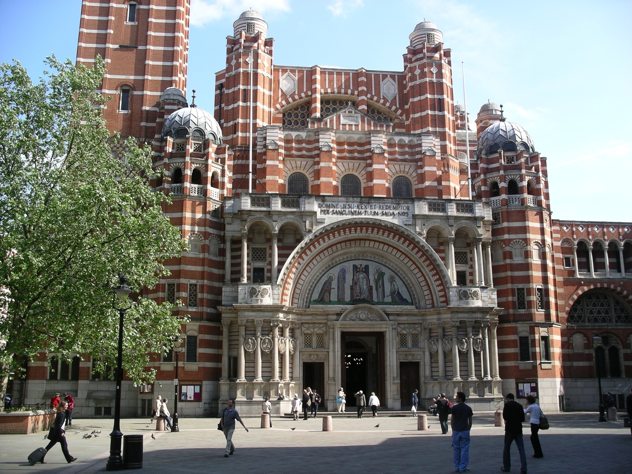
You’ve probably heard of Westminster Abbey. It’s one of the most famous and beautiful churches in the world—let alone England—and is by all accounts an architectural masterpiece. Surprisingly enough, however, it is not the mother church of Catholicism in the country—that honor belongs to Westminster Cathedral, which is literally right down the street from the Abbey. Another honor belonging to Westminster Cathedral? It’s never actually been completed.
Work is still ongoing, supposedly, but almost the entire interior is undecorated—leaving nothing but unfinished brickwork in its place. This is quite contrary to most Catholic churches, as anyone who’s ever been inside one can attest—and indeed, the Cathedral was (and is) supposed to look just as fancy as the rest. Work began in 1895, but apparently it’s been too expensive to finish decorating the mother church of literally all of England. And Wales.
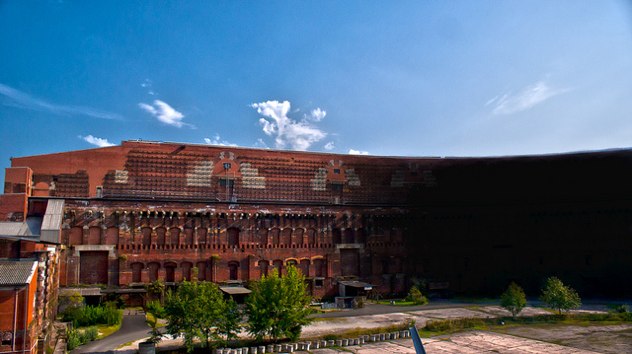
The ‘German Stadium,’ as it’s called in English, broke ground in September of 1937 in Nuremberg, Germany. If you’re at all familiar with world history, that should probably raise a red flag.
Yes, the stadium was the brainchild of one Adolf Hitler, who wanted to build a gigantic, Roman-style arena for various nefarious purposes (including, but not limited to, hosting various Nazi rallies and replacing the Olympics with something called the Aryan Games). Thankfully, World War Two halted production before they could get any serious work done, and (also thankfully) the Nazis didn’t do so well in that. Thus the only remains of Deutsches Stadion are some crumbling pillars and walls from a test site, and a big lake in Nuremberg that filled in the former construction pit.
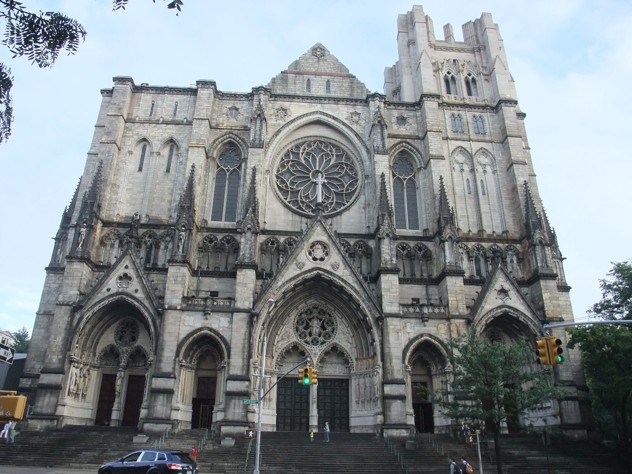
The Cathedral of Saint John the Divine is one of the largest Christian churches in the world, and an iconic feature of Manhattan in New York. By all means it should be considered a landmark, but officials in charge of that sort of thing are waiting until the building—which was started in 1892—is actually finished.
Construction on this thing has pretty much been a mess from the start—it’s been plagued by everything from financial woes to engineering problems to wars and fires, not to mention the fact that the designers switched up its whole architectural style a couple times (just for the hell of it, presumably). Church officials are still trying to figure out exactly how to finish this thing, but in the meantime it enjoys the affectionate nickname ‘Saint John the Unfinished.’
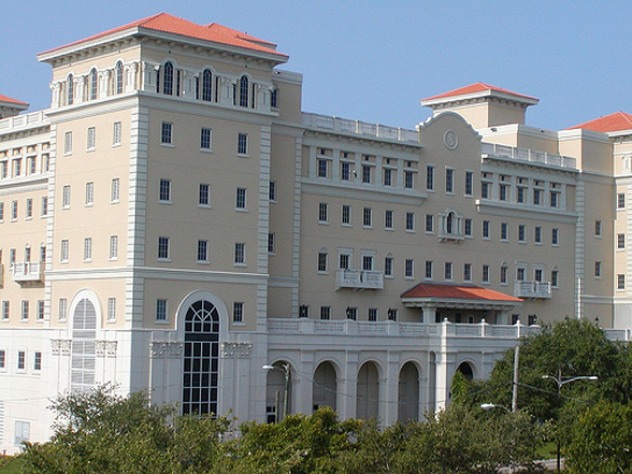
This one definitely fits into the realm of colossal screw-ups. The Super Power Building is to Scientology as the Vatican is to Catholicism, according to church leader David Miscavige. Work began in 1999 in Clearwater, Florida, and was estimated to take two years and $40 million. In 2003, work was abandoned for six years so that the church could re-plan the entire interior and solicit their followers for donations, despite the daily $250 fines it was getting for just sitting around. Work commenced in 2009, but the building has still never opened. Many followers left the church in disgust, having donated millions to the cause, and in January 2013 Luis and Rocio Garcia actually filed a lawsuit against the church for wasting their money.

The International Space Station (ISS) isn’t so much a building as it is a ‘modular structure,’ but it belongs on this list because it’s in a state of perpetual construction. Unlike most of the items here, the ISS kind of has to exist that way—and considering it’s operated and maintained by countries from all over the world, the fact that construction hasn’t fallen apart yet is actually pretty impressive. The first ‘component’ of the ISS, called Zarya, was launched into orbit in 1998, and the most recent one was added in 2011. Now, to be fair to the premise, the ISS was technically supposed to be ‘completed’ by 2005—but due to changes in technology and science, this date never really stood a chance. Hence, we have several new components scheduled to be attached over the next couple of years, and construction has been vaguely deemed ‘nearly halfway’ finished.
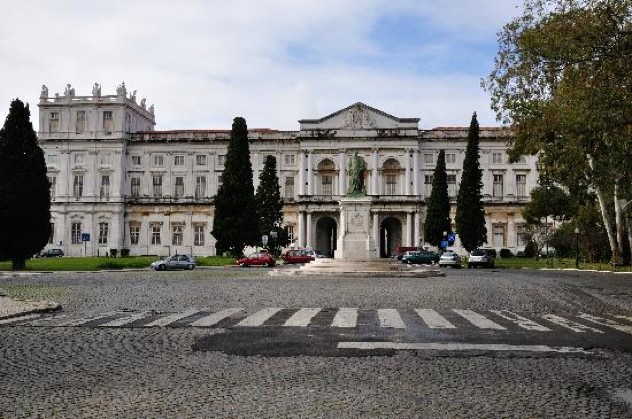
Not only is the Ajuda National Palace in Lisbon a famous tourist attraction, but it was also the official residence of the Portuguese royal family. That of all things, you’d think, would put it on the Portuguese builders’ priority list. Apparently not, though, because construction—which began in 1796—was never actually completed. Unfortunate finances and a series of wars led to the project being repeatedly adjusted and scaled back, but construction continued in spite of these setbacks all the way up until the Portuguese revolution in 1910, which abolished the monarchy. Currently, the half-finished palace functions as a museum.
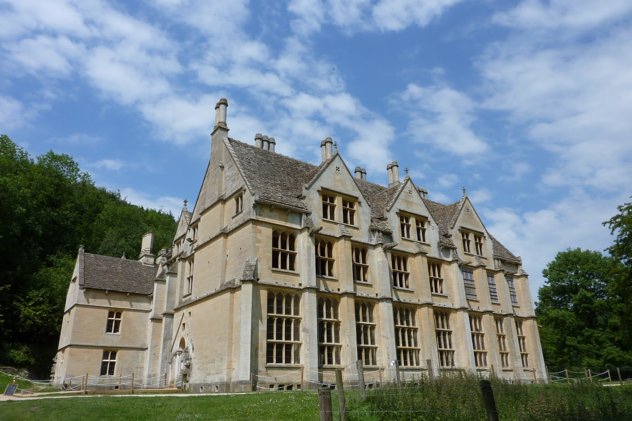
If you’ve heard of Woodchester Mansion, it’s possibly because it’s been featured on a few ghost-hunter type TV shows under the presumption that it’s haunted. To be fair, a mental hospital was interested in setting up shop there at one point, and soldiers were stationed in the surrounding area during World War Two—but seeing as no one ever actually lived in the place, I’d take any rumors of ghosts with a grain of salt. No, the real reason Woodchester Mansion is famous is because it’s a hell of a shell of a house—an outer mansion with an almost completely unfinished inside. See, the guy who commissioned it, William Leigh, was kind of a perfectionist. An increasingly poor perfectionist, though—whenever he managed to get any money to have his mansion worked on, he always personally supervised construction and/or changed up the plans. So the half that’s built is built well, at least. The mansion is open to visitors, in case you ever wanted to see the inside of a house that only has an outside. Which, let’s be honest, sounds kind of awesome.

Like the poor Portuguese kings and queens who had to live in Ajuda Palace, the good parliamentarians of New Zealand have been working out of an unfinished building for over a century. Plans for the then-new headquarters were drawn up in 1911, and involved two stages of construction: one for the important chambers, and the other for the apparently-not-so-important chambers, like a library, and the Crown Law Office. The whole thing was supposed to take just two years, but they didn’t even get started until 1914, and they didn’t get the first stage done until 1922 (in fairness, there was a war going on at the time). In any case, the second stage of the official parliament buildings was never built—so it wasn’t ‘officially opened’ until 1995. It’s still not finished, technically speaking, but a different library/office building called the Beehive has been put up in the extra space. So at least they’ve got something.
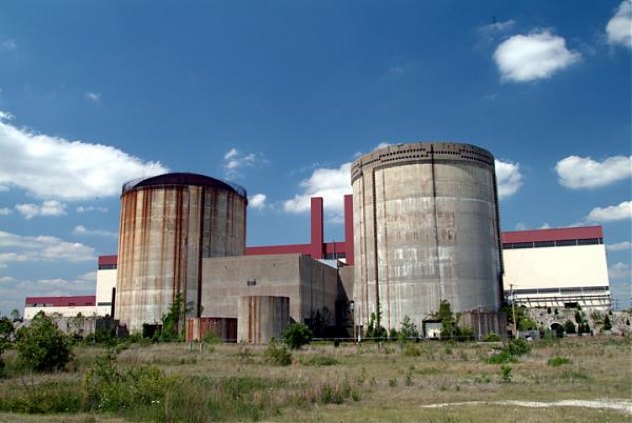
Most of the items on this list, despite being incomplete, are still being used for something or other. But as promised, some of them are nothing more than useless, colossal screw-ups. Marble Hill falls into that latter category.
This nuclear plant in Indiana was started in 1977, and for about 7 years was all set to become a fully functioning, power-generating cornerstone of the nuclear power industry. Then, in 1984, after sinking $2.5 billion (with a ‘b’) into getting the reactors to about the halfway point, the company behind the project up and abandoned it—they simply couldn’t afford to continue. They ended up selling some of the equipment to recover a few million (not with a ‘b’) in lost costs. The plant’s been sitting half-finished ever since, although the company that owns it now is currently in the process of demolishing it.
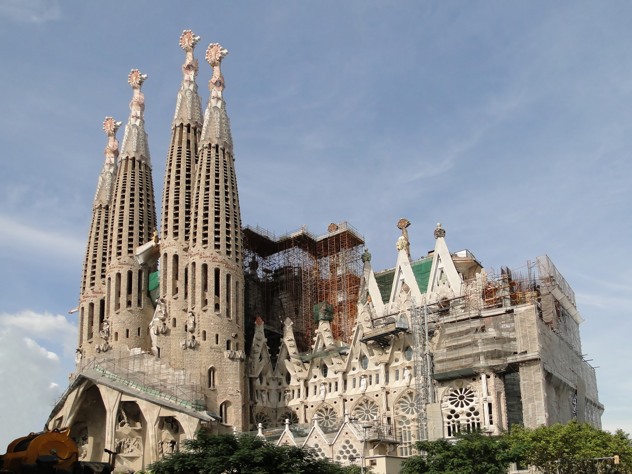
Unlike Saint John’s Cathedral up there, the Sagrada Família church in Barcelona has received a lot of prestigious recognition—despite being a work in progress since 1882. Not only has it been designated a UNESCO World Heritage Site, it’s also been visited by the Pope and proclaimed a basilica (which for churches is kind of like winning the Super Bowl). The Sagrada Família is the brainchild of the famous architect Antoni Gaudí, who spent most of his life building it up into the grotesque, nature-inspired work of art it is today. Tragically he passed away in 1926, after being hit by a tram. His masterpiece, at that point, was less than a quarter complete.
But it’s been carried on ever since, inspired by Gaudí’s vision, and funded almost exclusively by the millions of tourists who flock to it every year. Today, the Sagrada Família is more than halfway done, with an optimistic completion date of 2026—the centennial of Gaudí’s death. Barring that, the current head architect is confident that it will be finished “perhaps in less than a century.” So keep your calendar open.
If you like unfinished works of art and/or colossal screw-ups, MJ Alba urges you to check him out on Twitter @MattJAlba. If you want to help him get more followers than his brother, that would be pretty cool too.


